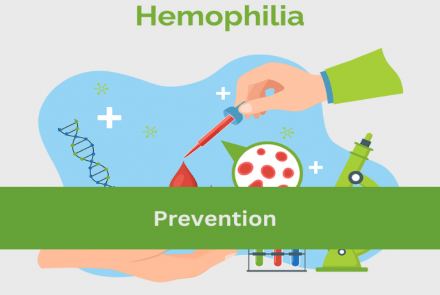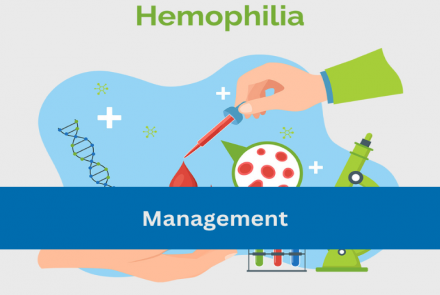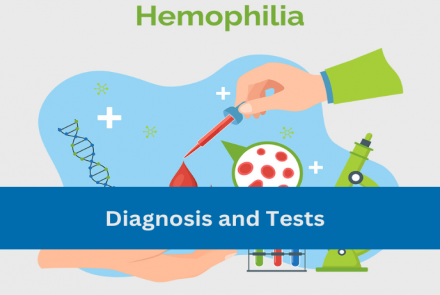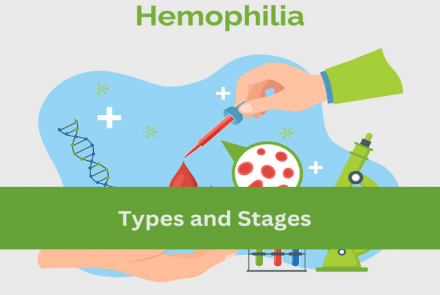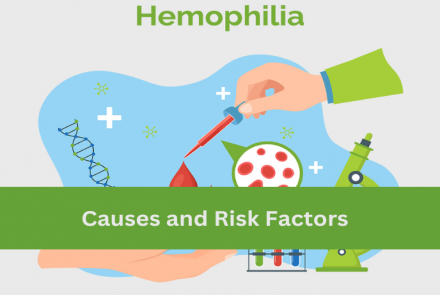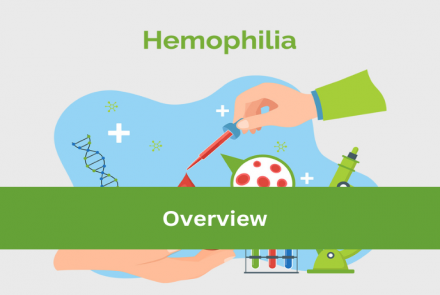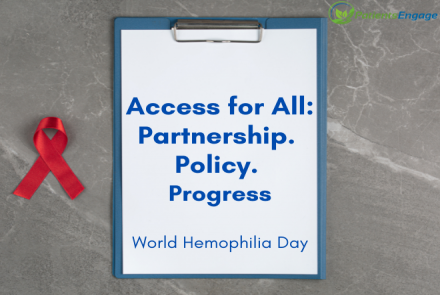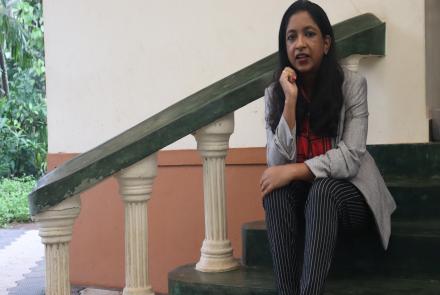
On occasion of World Hemophilia Day, Dr Chakraborty, Consultant Hemotologist, shares his views on diagnosis and treatment of thalassemia as also on how the present crisis of Covid 19 is affecting People With Hemophilia.
The theme of World Hemophilia Day in 2020 is “Get+involved”. Why should people get involved in bleeding disorders like Hemophilia?
Hemophilias are a group of bleeding disorders where due to genetic transmission, clotting factors are either not produced or are produced in suboptimal amounts leading to bleeding manifestations which can even be life threatening. The greatest challenge in managing this group of disorders is that the care should be lifelong and one of the most important things is that the patients need to be diagnosed early so that the care can be initiated before the joints are damaged and the person with Hemophilia (PWH) is crippled. To take India as an example, till date we have been able to diagnose only 20% of our PWH because we know that the incidence of this disease is the same throughout the world ie. 1 in 10,000 births or to be more precise, 1 in 5,000 male births. Unless there is a community awareness about the disease, diagnosis and management remain a challenge.
How can the diagnosis be made early and treatment initiated?
“The eyes cannot see what the mind does not know”. The manifestations of this disease can be varied and initially when the children start crawling, their knees and elbows can become swollen. If we are not aware that this can be due to a bleeding disorder then it can so happen that there can be a misdiagnosis of arthritis and related complications. Sometimes when people see red patches in their children, they do not understand that this can also be due to this disorder and they should seek medical opinion. Being a genetic disorder, family history is a very important component in suspecting the diagnosis but can be absent in up to 1/3 of cases. Once the suspicion is there, the basic laboratory workup should be performed to determine the exact nature of the disease and initiate the treatment.
How should the PWH be treated? By providing the clotting factors after they bleed every time(on-demand) or on a regular basis(prophylaxis)?
There can be no debate on this. Prevention is always better than cure and specially in case of hemophilia where multiple bleeds can damage the joints permanently it is imperative that administering clotting factors on a regular basis like twice or thrice in a week can not only prevent joint damage but also improve the quality of life ensuring that the PWH can perform all daily activities and lead a near normal life. The challenges are that these factors are expensive and must be administered through injections. It has been documented that the total cost of prophylactic therapy is similar to or even lower than “on-demand” therapy with much more benefits as explained.
How has the care of Hemophilia evolved in India through the last decade?
A lot of changes have occurred in the last one to two decades in India, the most important being that the central and state governments have realized the importance of caring for this group of patients who are otherwise fit and capable to contribute to the development of the country. Most of the states are now providing clotting factors free of cost at designated centers and they are trying to procure clotting factors which are safer and more effective. World Federation of hemophilia(WFH) has also chipped in by providing factors through donations which has helped a number of centers throughout India to initiate prophylaxis in children and to perform emergency and elective surgeries without the fear of complications in PWH.
Are clotting factors the only treatment for hemophilia?
Not at all. Clotting factor is not the only factor for managing hemophilia because comprehensive care involving multiple disciplines is required for the well-being of the patients. In fact it has been documented that if a child is even on prophylaxis but does not undertake daily exercises as advised, the chances of bleeding are increased and the joints may still be damaged. We have to realize that like other chronic diseases, management of hemophilia depends on the awareness and education of the patient and family members and mandates a multidisciplinary approach including counseling, occupational therapy, physiotherapy, oral care.
Are Persons with Hemophilia more susceptible to COVID-19 infection?
No. No increased susceptibility to infection has been found in immunocompetent patients with bleeding disorders. SARS-CoV-2 is passed primarily through droplets in the air coming from infected persons. These droplets get into the upper respiratory tract where they establish an infection.
Should prophylaxis treatment be stopped if a PWH is diagnosed with COVID-19 Infection?
If COVID-19 is diagnosed, prophylaxis with factor replacement therapy should be continued, and if hospitalized for severe infection, higher trough( ie minimum) levels may need to be considered as if treating major trauma
What are the problems being faced by the PWH due to ongoing COVID-19 crisis?
The access to healthcare has been compromised because the focus is on managing patients with COVID 19 infection. Logistic issues are leading to problems with the delivery of the drugs during lockdown but efforts are being made to improve the situation. However elective surgeries need to be postponed for present.
Any special messages for the PWH community during this crisis?
There is a trend towards work from home and this will prove to be beneficial to the Indian PWH community as less travel can help them to protect their joints which have been already affected. We are all in it together and will combat the crisis as always by “Get+involved”.

Prof Dr Prantar Chakraborty, Consultant Hemotologist, is the former Professor and Head of Department of Hematology at NRS Medical College, Kolkata. He has also been a Subject Expert in Hematology and Oncology Subject Expert Committee, CDSCO, Goverment of India, and the Nodal Officer of State Thalassemia Control Programme, Government of West Bengal.

